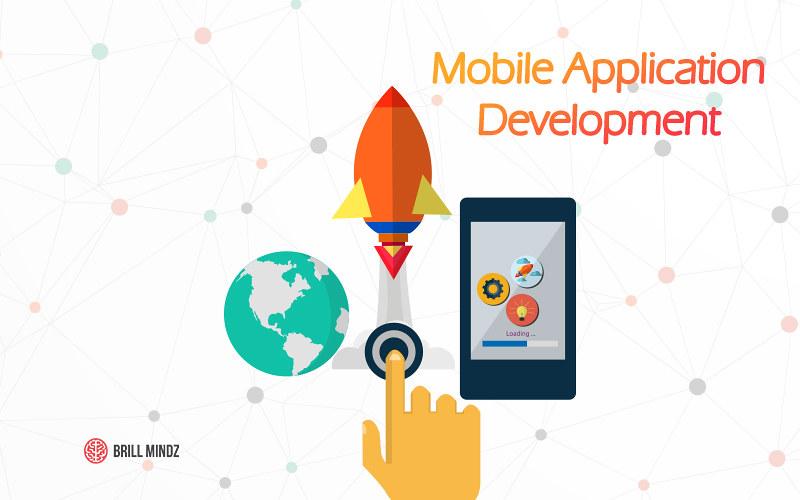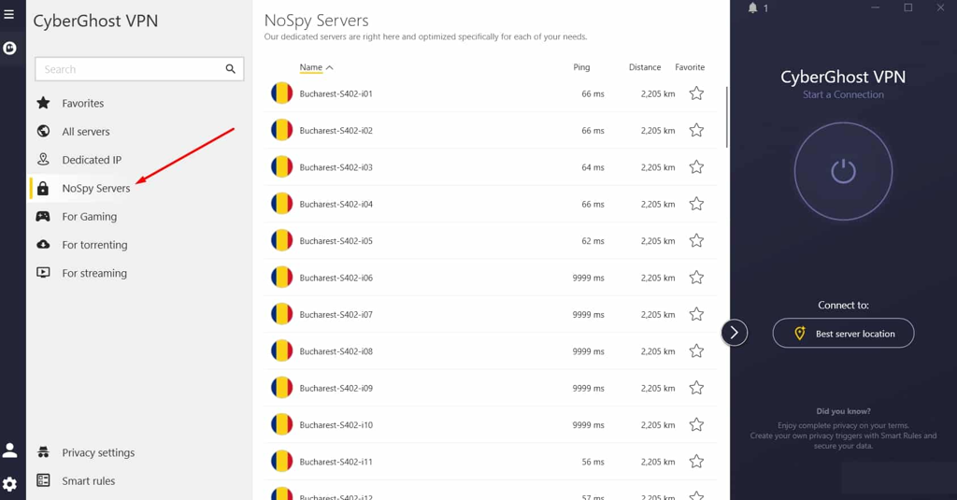How to Build a Scalable Mobile App: Lessons from Real Projects

Building a mobile app is one thing — building one that can handle rapid growth, millions of users, and evolving business needs is another. Many startups begin with a simple MVP, only to face performance issues, crashes, or system bottlenecks as their user base grows. Scalability ensures that your mobile app can handle this growth smoothly without compromising speed, stability, or user experience.
In this article, we’ll explore the key principles, architectural decisions, and real-world lessons that help create scalable mobile apps capable of growing with your business.
Understanding Scalability in Mobile Apps
Scalability refers to a mobile app’s ability to maintain high performance and reliability as the number of users, data, and transactions increases. A scalable app doesn’t just survive growth — it thrives in it.
For instance, apps like Uber, Instagram, and Zomato didn’t become global overnight. They started small, but their architectures were designed to expand seamlessly. The foundation for scalability lies in smart planning, choosing the right technology stack, and anticipating long-term needs right from the start.
1. Start with a Solid Architecture
The architecture is the backbone of any scalable mobile app. Choosing the right one from the beginning can save time and prevent technical debt later.
Adopting a modular architecture — such as MVVM (Model-View-ViewModel) or Clean Architecture — allows developers to isolate components, making the app easier to maintain and scale.
In large-scale apps, consider implementing microservices for backend systems. Instead of one monolithic backend, microservices separate features (like payments, authentication, and notifications) into independent services that can scale individually as needed.
2. Choose the Right Technology Stack
Your tech stack defines the app’s long-term scalability and flexibility. Select technologies based on your app’s expected traffic, complexity, and platform requirements.
For mobile app development, frameworks like Flutter, React Native, or Swift (for iOS) and Kotlin (for Android) offer robust performance and community support. On the backend, Node.js, Django, or Spring Boot are popular choices for building scalable APIs.
Pair your backend with a reliable database system like PostgreSQL, MongoDB, or Firebase, which can handle dynamic workloads efficiently.
3. Prioritize Efficient Database Design
A poorly designed database can quickly become a bottleneck as your app grows. Designing with scalability in mind means planning for data indexing, partitioning, and caching early on.
Use read/write separation to balance traffic between database replicas. Implement caching layers like Redis or Memcached to reduce database load and improve response times.
Additionally, for apps with real-time data needs (like chat or live tracking), consider using NoSQL databases or real-time databases such as Firebase Realtime Database or Cassandra.
4. Build with APIs and Cloud Scalability in Mind
Your app’s backend should be able to communicate efficiently through APIs. Following RESTful design principles or adopting GraphQL can ensure flexibility and consistency in data access.
Using cloud-based infrastructure like AWS, Google Cloud Platform (GCP), or Microsoft Azure allows your system to automatically scale resources up or down based on demand. Features like auto-scaling groups, load balancers, and serverless computing (e.g., AWS Lambda) provide scalability without manual intervention.
5. Optimize App Performance and Responsiveness
A scalable app must perform consistently across different devices, platforms, and network conditions. Optimize your app by minimizing unnecessary processes, compressing data, and reducing the number of network calls.
Use lazy loading for images and data-heavy components to speed up the initial load time. Monitor performance using tools like Firebase Performance Monitoring, New Relic, or AppDynamics to track memory usage, crashes, and response times in real time.
These optimizations ensure your app remains fast, even as user activity scales up.
6. Implement Continuous Integration and Continuous Deployment (CI/CD)
As your app grows, you’ll release frequent updates and bug fixes. Implementing a CI/CD pipeline ensures smoother, faster, and more reliable deployment processes.
Tools like GitHub Actions, Jenkins, or CircleCI automate testing, building, and deployment. This reduces human error and ensures that every code change is tested for performance and security before reaching production.
Real-world lesson: Many successful apps, including large-scale fintech and eCommerce platforms, rely on automated testing and deployment to maintain quality while scaling.
7. Focus on Security and Compliance
Scalability should never come at the cost of security. As your app grows, so does the risk of data breaches and unauthorized access.
Implement secure authentication (OAuth 2.0 or biometric authentication), data encryption, and secure APIs using HTTPS and SSL/TLS protocols. For apps handling sensitive data, comply with standards like GDPR, PCI DSS, or ISO 27001 depending on your target market.
Security must evolve alongside your app — continuous audits and threat monitoring are key to maintaining long-term trust and reliability.
8. Learn from Real-World Examples
Many successful apps scaled not just through technology, but through smart planning and adaptability.
-
Netflix migrated from monolithic architecture to a microservices model, enabling faster feature updates and global scalability.
-
Airbnb leveraged AWS auto-scaling to manage unpredictable user spikes during peak seasons.
-
WhatsApp used a lightweight server design that allowed it to handle millions of users with a small engineering team.
The takeaway? Scalability is as much about smart engineering as it is about making proactive architectural and infrastructure decisions.
9. Monitor, Analyze, and Improve Continuously
Scalable apps are never truly “finished.” Constant monitoring helps identify performance issues and plan for future growth.
Use analytics tools like Firebase Analytics, Mixpanel, or Datadog to monitor user activity, server load, and latency. Regularly review logs, error reports, and performance metrics to make data-driven improvements.
Continuous optimization ensures that your app can adapt to new technologies, user demands, and market changes.
Conclusion
Building a scalable mobile app requires vision, planning, and the right combination of architecture, technology, and process. The most successful apps — from Uber to Instagram — didn’t achieve scalability by chance. They focused on clean architecture, efficient databases, cloud infrastructure, and constant performance optimization.
By learning from real-world projects and adopting a scalability-first mindset, you can create mobile apps that grow seamlessly with your users and business goals — standing the test of time and technology.





